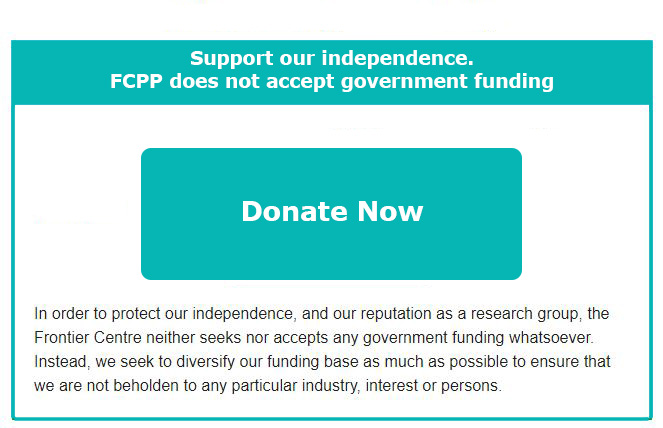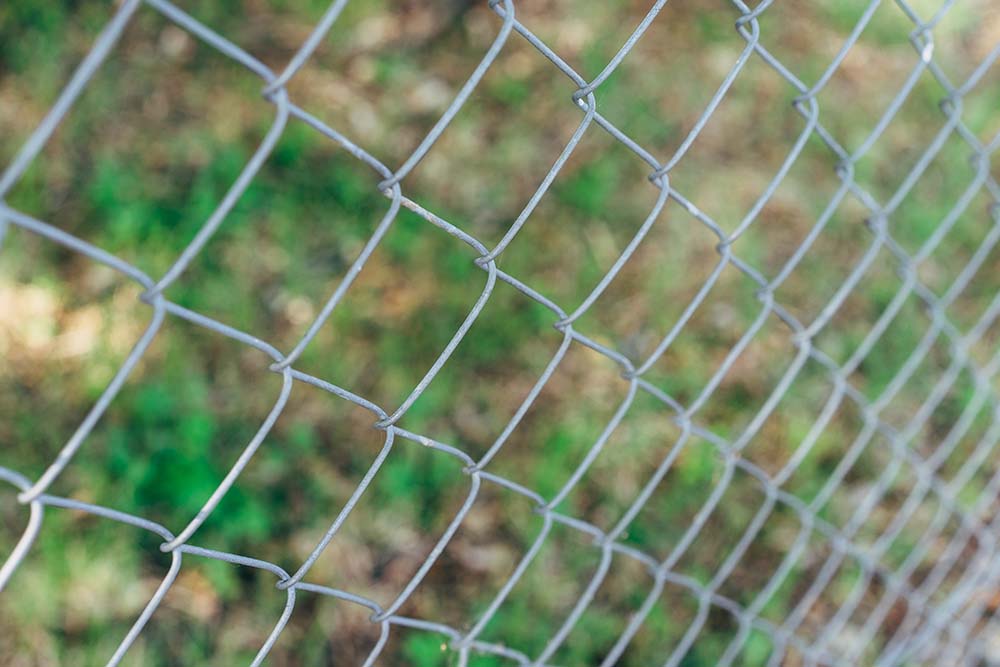Aboriginal activists and their allies in Canada periodically engage in what they call “economic obstruction” against mining, oil, or logging companies. A recent example, one that received international attention, was the blockade of CN rail to protest the Keystone XL pipeline.
Another example, from 2013, was the blockade of a mining road by Attawapiskat First Nation members in northern Ontario. As a result, the mining company agreed to review items in the impact benefit agreement, and look at hiring and training Attawapiskat residents.
Sometimes governments are signatories. For example, Cree representatives and the province of Quebec signed a memorandum of agreement to allow industrial development to take place. The agreement was worth several billion dollars.
There are dozens of similar examples, past and present, involving mining, oil, logging, dams, water contamination, and other contested land claims. First Nations groups and their allies typically allege environmental damage, disruption to hunting grounds, and health issues from water contamination. The objective of economic disruption action is ostensibly to stop development, but a secondary objective, based on historical examples, may be to gain leverage to obtain favourable financial settlements.
Blockades cost companies lost profits, compelling them to enter into agreements. From the perspective of the corporations, this is the cost of doing business. This process has become formalized over time, to the point that engineers, lawyers, government bureaucrats, and band representatives have developed a sophisticated legal protocol to negotiate arrangements.
Aboriginal resistance to industrialization resonates strongly with progressive activists, who often help publicize, fundraise, and provide other support for these economic disruptions. Aboriginal groups can use this “community support” of allies to win agreements. However, the benefit of such arrangements may not be equitably shared by all band members. There are sometimes allegations of corruption.
From a pro-capitalist and pro-jobs perspective, such financial agreements are preferable to continued economic disruption. Moreover, they can bring economic prosperity and poverty alleviation to impoverished First Nations groups.
From a strict environmentalist perspective, stopping all development is preferable, but environmentalists who are critical of these agreements run the risk of being derided as “racist”, so they’ve learned to tread lightly. More often than not, environmentalists prefer to act as “allies” and endorse blockades. It’s not uncommon to see environmentalists, anarchists, and other such activists “in solidarity” at protest events.
Actions at these blockades typically take the form of nonviolent civil disobedience, although in the case of Mohawk rail blockades in Ontario, the activists donned paramilitary gear and weapons, and saw themselves as soldiers. Arrests are not infrequent at such events. Blockades have become a rite of passage for many radical activists.
Anti-development activism has been parlayed into jobs for some. The Indigenous Environmental Network is a collective that seeks to shape the narrative of these encounters by utilizing climate activism, anti-colonialism, and Indigenous sovereignty language. Some of its members are professional activists who earn a living from speaking tours and grants.
Other actors in these dramas are the police, media, politicians, local residents, and company employees. Sometimes there can be a counter-protest by local residents whose livelihoods are compromised by a blockade.
Press releases for blockades often refer to “Mother Earth.” For example, in Toronto several years ago, a loose collective calling itself Mother Earth Protectors set up tents in front of the Parliament building to bring attention to mining-based land disputes in Ontario.
Reference to Mother Earth is a common trope in the rhetoric of such groups. David Suzuki is among those who have popularized this idea. Frances Widdowson and Albert Howard, in Disrobing the Aboriginal Industry (2008), claim that the notion of Aboriginal people as stewards of nature is more an article of faith than reflective of historical fact.
According to religion scholar Sam D. Gill, in Mother Earth (1991) Aboriginal groups prior to contact with Europeans did not have a unifying social or religious identity centred around “Mother Earth.” A pan-native identity utilizing this deity arose in response to modern development.
Such blockades have now been incorporated into climate activism: activist and author Naomi Klein has embraced Aboriginal blockades of oil projects and popularized the term “blockadia” so as to encourage more disruptions. This is seen as necessary by revolutionary activists, to overthrow a capitalist world order.
Other actors in these dramas are the police, media, politicians, local residents, and company employees. Sometimes there are counter-protest by local residents.
A possible explanation for public sympathy with Aboriginal blockades is provided by Pascal Bruckner, in The Tyranny of Guilt (2012). He argues that remorse over a colonial past is unwarranted and destructive. Negotiated settlements with Aboriginal groups can be understood as acts of contrition, buying our society a clean conscience.
Blockades of resource industries by Aboriginal groups give these groups leverage in negotiations for financial arrangements, but this dynamic relies on a popular narrative in which aboriginal peoples are represented as environmental defenders. If this narrative is questioned or challenged, by historical fact or an examination of our own motives, it deprives blockaders of the claim that they inhabit the moral high ground.
Thomas York is a research associate with the Frontier Centre for Public Policy.
Photo by Markus Winkler on Unsplash.



